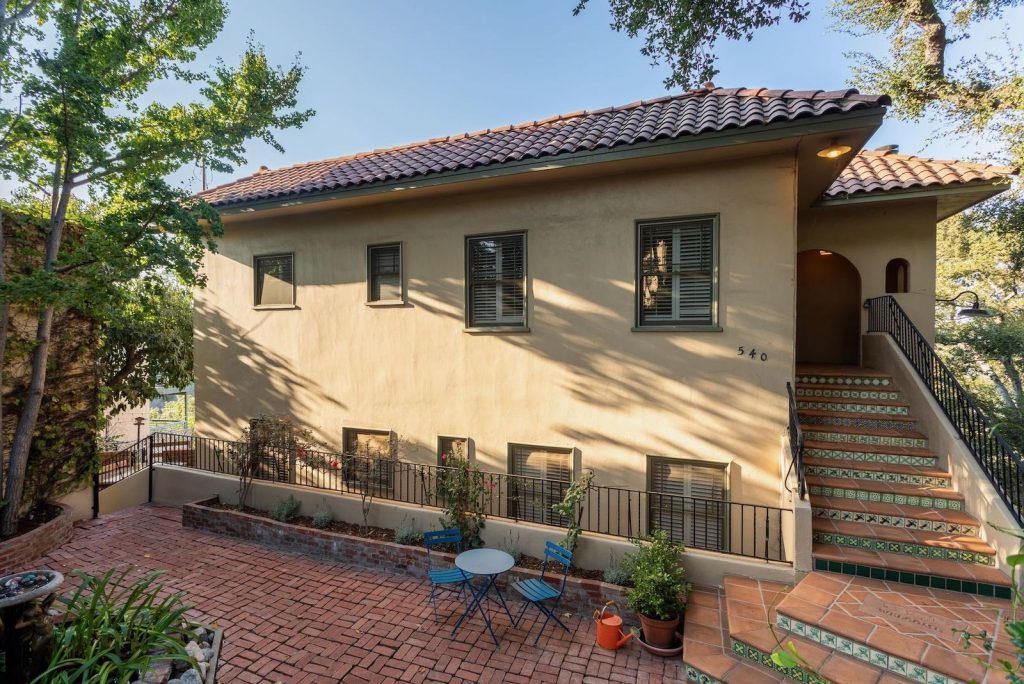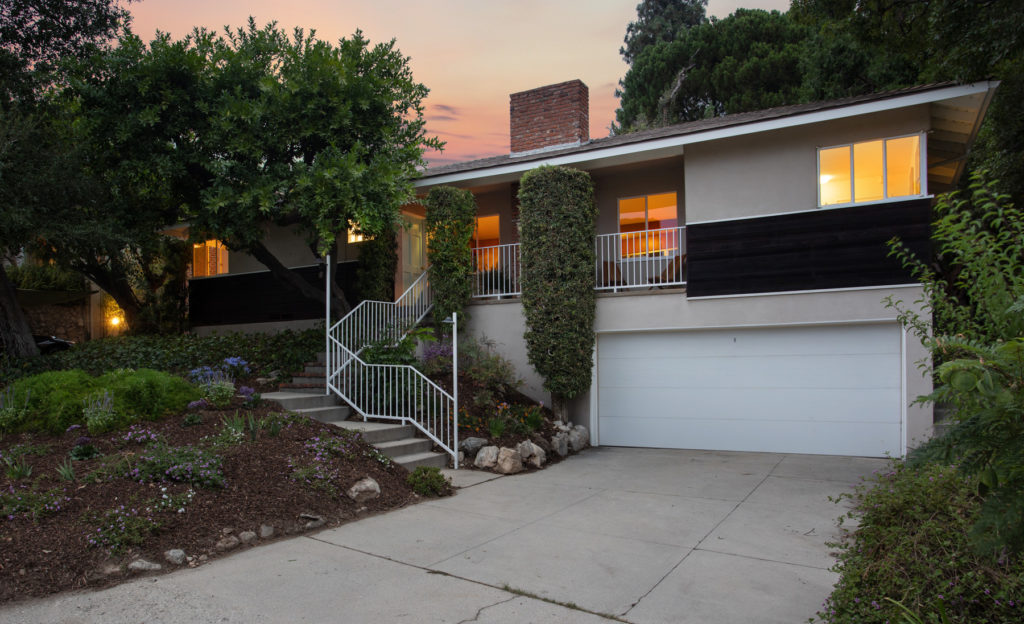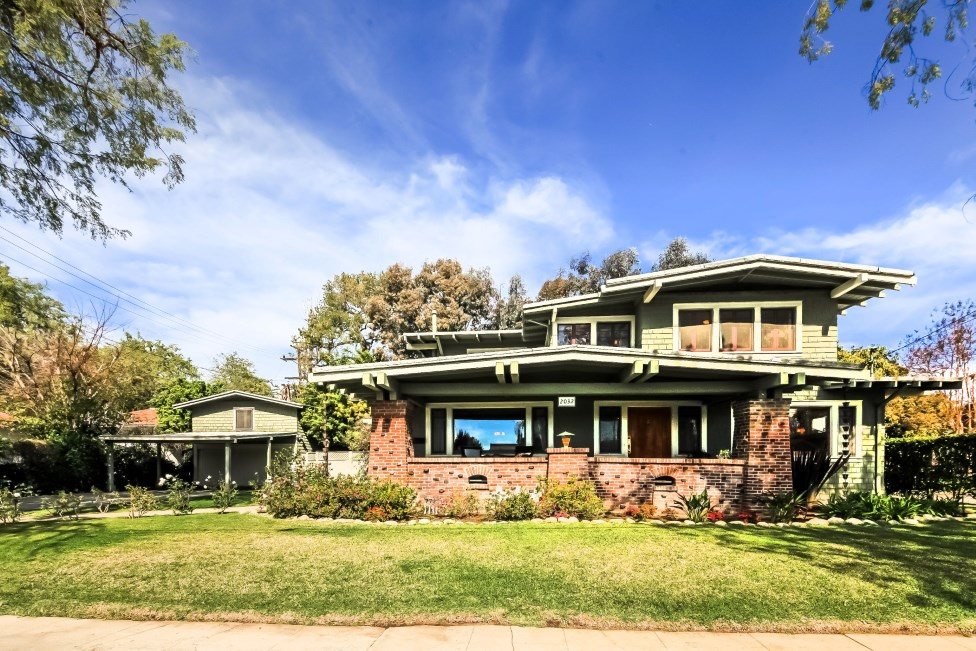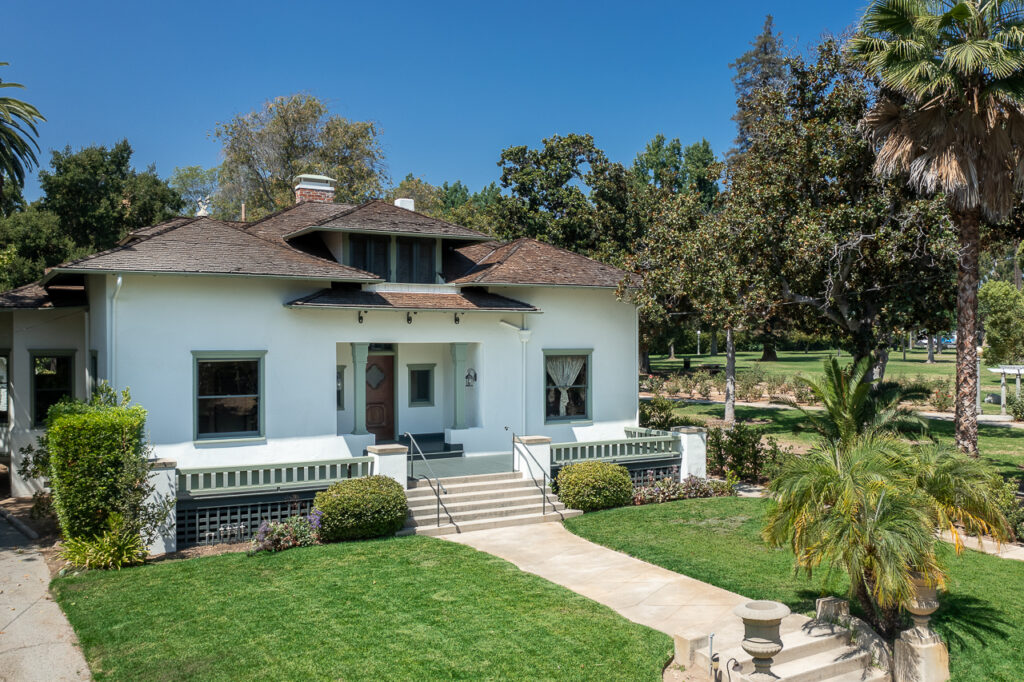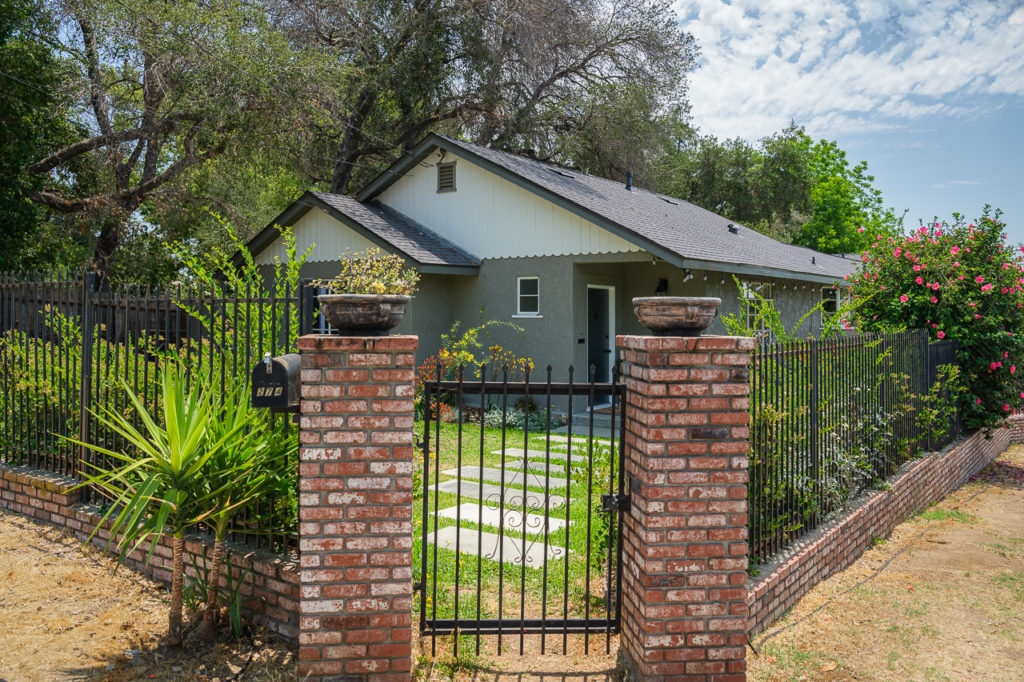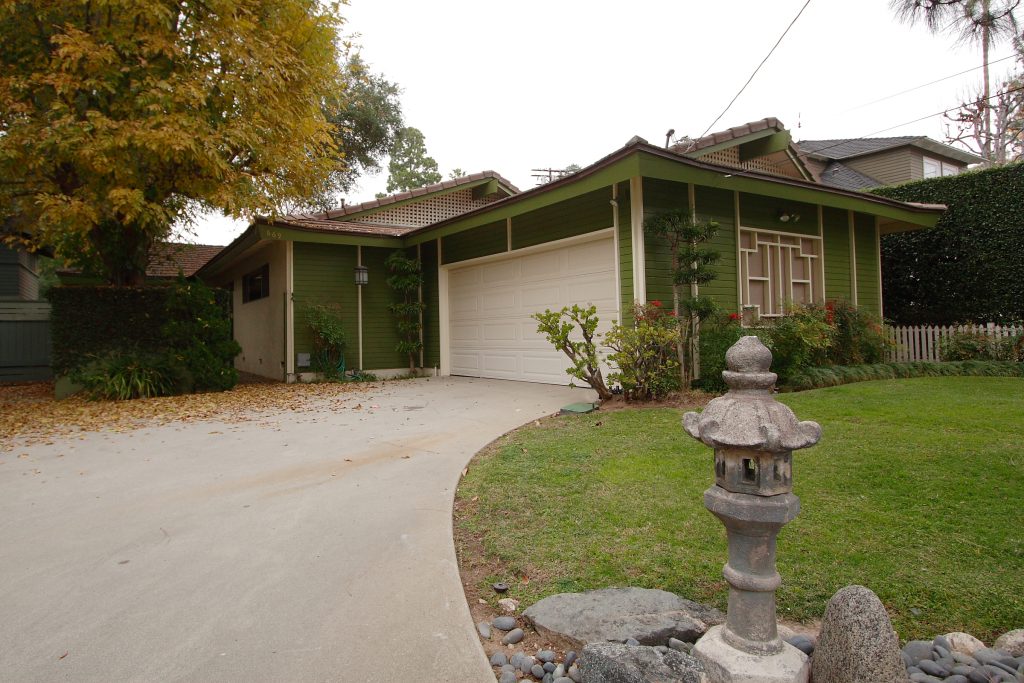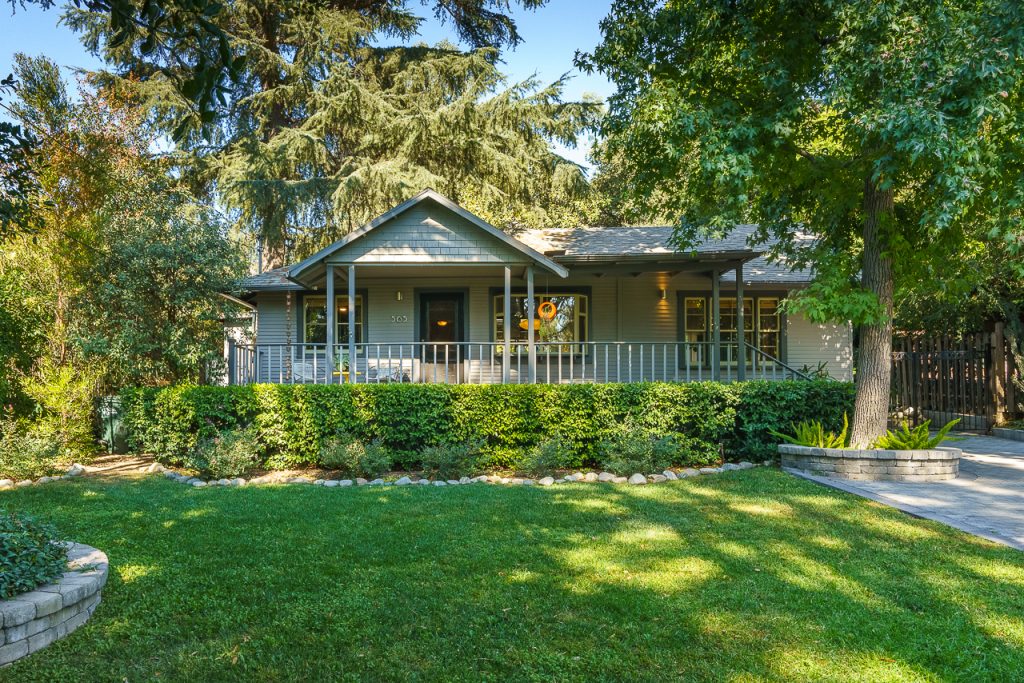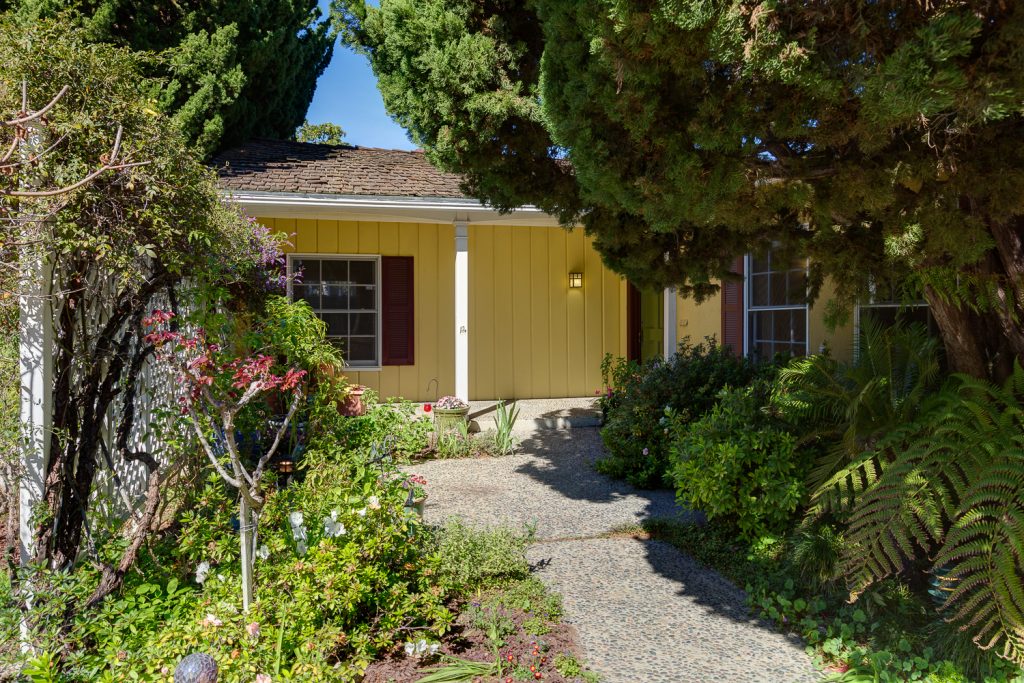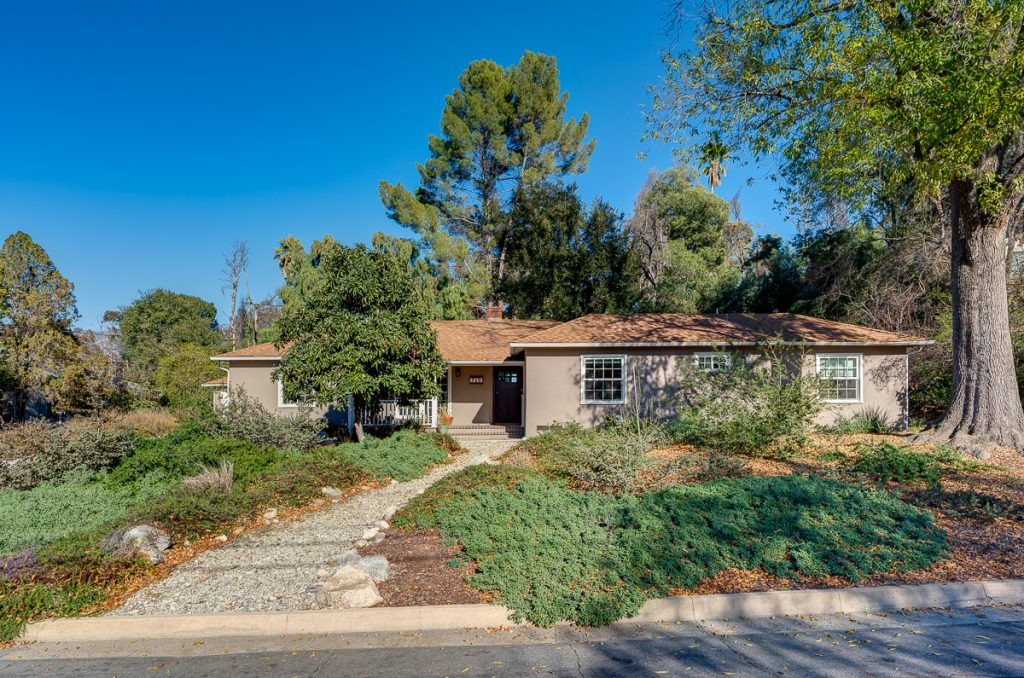Coldwell Banker
388 S. Lake Avenue,
Pasadena, CA 91101
office: 626.797.6500
Email: [email protected]
A Tale Of Two Housing Busts: Why Is California Recovering And Florida Still Struggling?
California and Florida had a lot in common during the housing industry’s last boom-and-bust cycle.
Both were overrun by buyers hooked on high-risk mortgages, speculators who helped push prices to historic peaks and builders who didn’t know when to stop. When the bubble burst, the two states became leaders in mortgage defaults, price declines and tracts of unsold new homes.
But in the last year or so, California’s housing market, though still weak, has begun recovering, while Florida’s remains on the critical list.
There are several reasons for the difference, but many experts say a key one is the approach to foreclosure.
California keeps things less complicated and largely outside the courtroom, making it easier for banks to seize and resell homes. Like 22 other states, Florida requires that repossessions be approved by judges, which some argue provides extra protection for homeowners but can delay the process for months.
“The California process is very efficient, and that allows the state to work through the foreclosure morass much more quickly, and the result is a more stable housing market and economy,” said Mark Zandi, chief economist for Moody’s Economy.com.
“Florida, in contrast, because of the process being so mucked up there, they still have a long way to go in working through their problem loans, and so their housing economy remains under significant pressure,” he said.
Home prices in the two states tell the tale.
California home sales and prices have tapered off since the boost from federal tax credits for buyers vanished in July, but home values are up considerably from the worst days of the bust. The median price for town homes, condominiums and single-family houses in September was $265,000, up 20% from the bottom in April 2009, according to MDA DataQuick.
In Florida, prices in much of the state have struggled to find a bottom. The median price of a single-family home in Florida was $133,400 in September, a 48% decline from its June 2006 peak, according to data from the Florida Assn. of Realtors. Condominium prices have seen an even bigger plunge, with the statewide median hitting $83,400 in September, a 61% drop from its June 2006 peak.
Another closely watched indicator, the Standard & Poor’s/Case-Shiller index, shows prices in Los Angeles up 10% from their bottom, San Diego up 14% and San Francisco up 21%. In Miami, home prices have remained relatively flat, up 2% from their bottom, and Tampa-area prices have yet to stop falling.
The different types of foreclosure systems have come into focus in recent weeks after major lenders acknowledged that in some states where a court order was required to seize a home they had employed so-called robo-signers, who attested to the accuracy of foreclosure documents without reading them.
Those improprieties prompted some major banks to halt foreclosure proceedings temporarily, sparked investigations by state and federal agencies and led to calls for a national foreclosure moratorium, which the Obama administration has resisted.
The paperwork fiasco brought to light a cold fact: Calling in a judge slows the repossession machine.
The average borrower in default lost the home after failing to make mortgage payments for 25 months in Florida and the other states where court approval is required for repossessions, according to a study by Amherst Securities Group. The average is 19 months in California and other so-called nonjudicial states.
The process could be even faster in states like California, but banks have been slowed by moratoriums, loan-modification programs and their own efforts to manage the number of properties reaching the market.
Such interim restrictions, as well as the slower court process, may be more fair to borrowers who were hustled into risky loans they didn’t understand and more merciful to those who temporarily fell behind in their house payments because of short-term financial problems.
But harsh as it sounds, experts said, failing to foreclose on borrowers who can’t afford to stay in their homes only delays a recovery for housing and the general economy.
“Trying to get the volume of foreclosures that you need to take place is difficult,” said Sean M. Snaith, director of the University of Central Florida’s Institute for Economic Competitiveness. “As long as these homes are in foreclosure purgatory, we haven’t completed that process, and it is hard to talk about stabilization.”
Though California’s system may be more efficient, it isn’t particularly compassionate or free from error, said Maeve Elise Brown, executive director of the Housing and Economic Rights Advocates in Oakland. Her group has helped several homeowners who say their lenders wrongfully foreclosed.
She said there are clear problems with the way lenders are conducting repossessions in the state, but “we don’t have the benefit of a judicial process.”
California’s foreclosure wave began in 2007, triggered by falling home values and resets on adjustable-rate mortgages, and peaked in the summer months of 2008. Since then the pace of foreclosures has dropped considerably, and bank seizures dropped 44% in the third quarter compared with the peak two years ago, according to data from RealtyTrac Inc. in Irvine.
Florida remains jammed with a huge backlog of troubled loans. The state set a record for bank repossessions just last month, with more than 13,200 homes seized by lenders, according to RealtyTrac.
Faster foreclosures are only one factor boosting California’s housing market. The industry has been buoyed by the state’s more diverse and dynamic economy, and the coastal cities didn’t get the kind of unrestrained development that Florida’s beachfront cities saw.
“The enormous amount of speculation that occurred in Florida certainly contributed mightily to the decline, whereas in California you never had quite the tremendous supply of condominiums, and certainly there weren’t as many along the water,” said Lewis M. Goodkin, president of Goodkin Consulting Corp., a real estate research and advisory firm in Miami.
“Prices jumped dramatically, and now people are buying for 50 cents on the dollar, and I still don’t think it’s a bargain,” he said.
Recognizing that Florida’s foreclosure backlog remains a major impediment to the state’s recovery, the Florida Legislature this year approved $9.6 million to hire judges, magistrates, case managers and clerks to handle the foreclosure caseload in the state’s 20 circuit courts.
The state also sought to clear its big pile of bad loans faster by employing a special system of rapid court hearings that sometimes last less than a minute — a process that earned the nickname “rocket docket.”
“It would move much faster if the banks and the attorneys would get their act together,” said Orlando lawyer Matt Englett, who represents borrowers. “Most people, they don’t go hire lawyers and contest them. Most people don’t do anything.”










